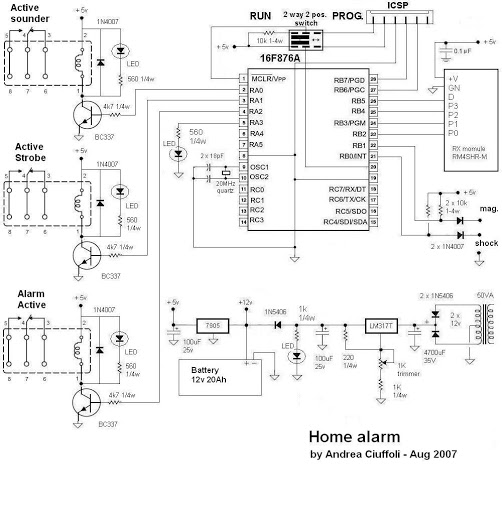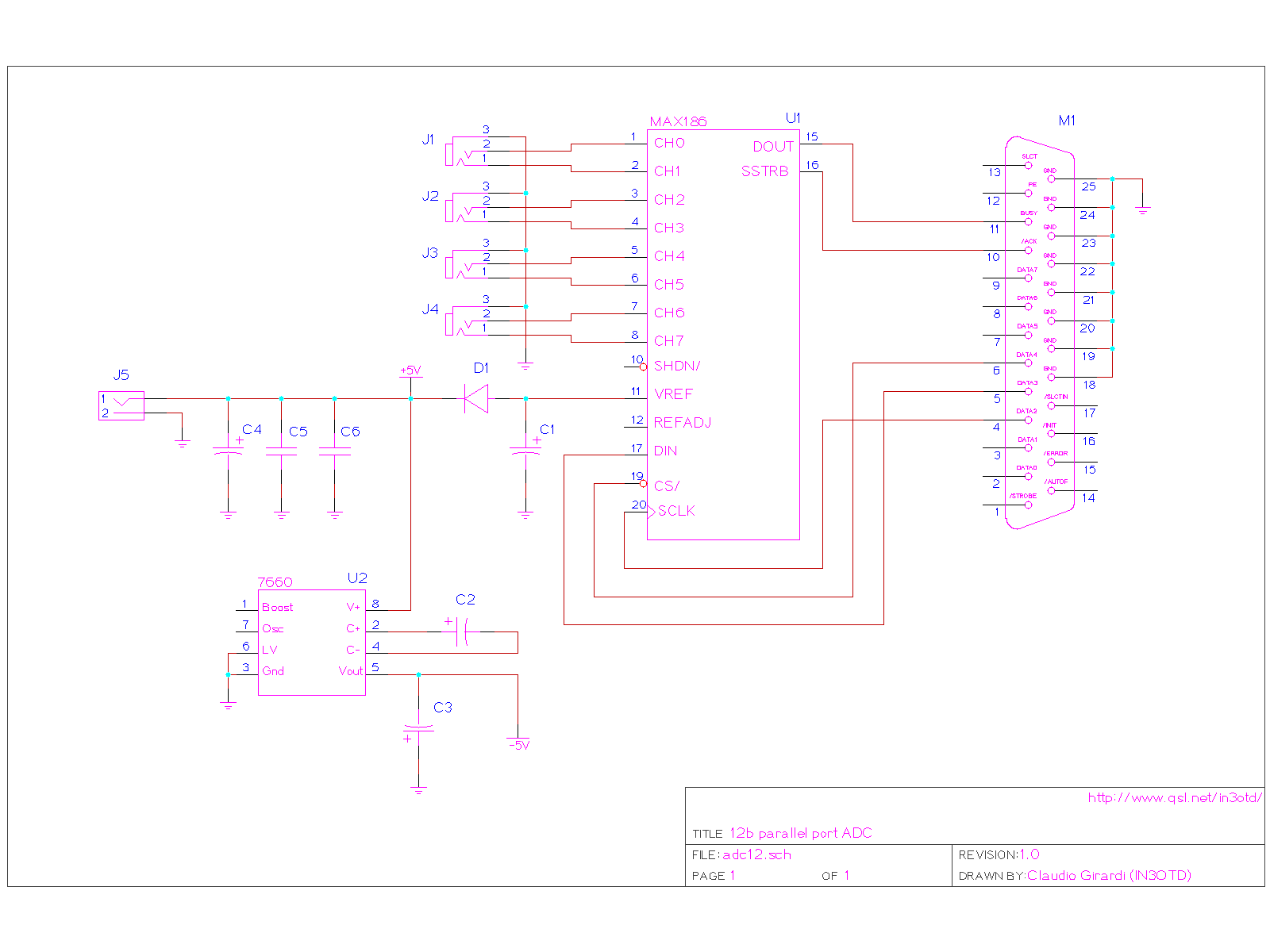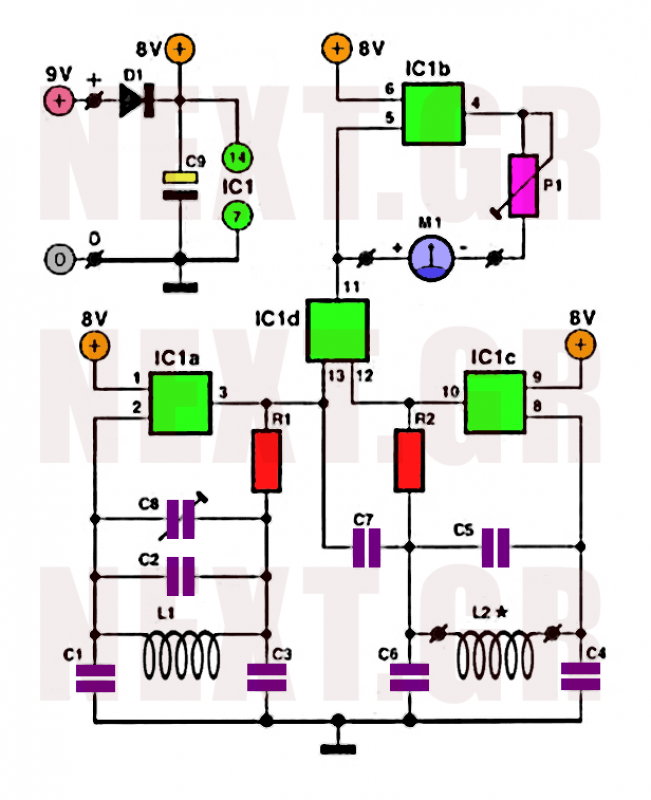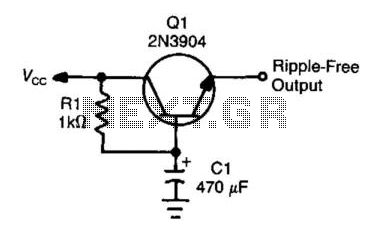
simple home alarm system pcb

This home alarm system is simple, secure, fast, and cost-effective. It consists of only a few components while providing maximum security through the use of a Rolling Code transmitter and a shock sensor with variable sensitivity. The alarm module can be assembled in just two hours without requiring manual presetting. This home alarm system is one of the most affordable options available, and the total cost can be further reduced by utilizing a standard external sounder (excluding AG8). A GSM module will be added in the future for remote control capabilities. A blue LED connected to pin RA3 of the microcontroller serves as a memory indicator to show if the home alarm system has been activated by an event, and it resets after reactivation. A red LED connected to the power supply before the 1N5406 diode is used to verify the power supply connection. Additionally, three red micro LEDs near the relays indicate the output state.
The home alarm system is designed to provide reliable security for residential environments while maintaining ease of use and affordability. The core components include a microcontroller, a shock sensor, and a transmitter that utilizes a Rolling Code algorithm to enhance security by preventing replay attacks. The shock sensor's variable sensitivity allows customization based on the specific needs of the installation site, making it adaptable to various environments.
Assembly of the alarm module is straightforward, taking approximately two hours to complete. This quick assembly time is facilitated by the minimal number of components and the effective design of the circuit. The absence of manual presetting further simplifies the installation process, making it accessible to users without extensive technical knowledge.
The integration of a GSM module is planned for future enhancements, providing users with remote control capabilities to monitor and manage the alarm system from a distance. This feature is particularly beneficial for users who wish to receive alerts or control the system while away from home.
The blue LED indicator connected to the microcontroller pin RA3 serves a critical function. It provides a visual cue indicating whether the alarm system has been activated, allowing users to quickly assess the system's status. The reset functionality after reactivation ensures that the indicator accurately reflects the current state of the system.
In terms of power management, the red LED connected before the 1N5406 diode acts as a power supply verification tool. This ensures that users can easily check the power connection, which is vital for the reliable operation of the alarm system. The additional three red micro LEDs located near the relays serve to indicate the output states of the system, providing further assurance to the user regarding the operational status of the alarm.
Overall, this home alarm system combines simplicity, security, and cost-effectiveness, making it an excellent choice for residential security applications.This Home Alarm System is simple, secure, fast and cheap. It`s only few components with maximum security with Rolling Code TX and Shock Sensor with variable sensitivity. The alarm module can be assembled in only 2 hours and it don`t need manual preset. Home Alarm System with this characteristics is the most cheap system and the total cost could be reduced using a normal external sounder (escl. AG8). GSM module will be add in the future for a remote control. The blue led connected to the pin RA3 of micro controller is used like a memory to know if the home alarm system has been activated by an event and its reset after a reactivation. The red led connected to the power supply before the 1N5406 diode is used to check the power supply connection.
Of course the other 3 micro led red near the relays are used to check the output state. 🔗 External reference
The home alarm system is designed to provide reliable security for residential environments while maintaining ease of use and affordability. The core components include a microcontroller, a shock sensor, and a transmitter that utilizes a Rolling Code algorithm to enhance security by preventing replay attacks. The shock sensor's variable sensitivity allows customization based on the specific needs of the installation site, making it adaptable to various environments.
Assembly of the alarm module is straightforward, taking approximately two hours to complete. This quick assembly time is facilitated by the minimal number of components and the effective design of the circuit. The absence of manual presetting further simplifies the installation process, making it accessible to users without extensive technical knowledge.
The integration of a GSM module is planned for future enhancements, providing users with remote control capabilities to monitor and manage the alarm system from a distance. This feature is particularly beneficial for users who wish to receive alerts or control the system while away from home.
The blue LED indicator connected to the microcontroller pin RA3 serves a critical function. It provides a visual cue indicating whether the alarm system has been activated, allowing users to quickly assess the system's status. The reset functionality after reactivation ensures that the indicator accurately reflects the current state of the system.
In terms of power management, the red LED connected before the 1N5406 diode acts as a power supply verification tool. This ensures that users can easily check the power connection, which is vital for the reliable operation of the alarm system. The additional three red micro LEDs located near the relays serve to indicate the output states of the system, providing further assurance to the user regarding the operational status of the alarm.
Overall, this home alarm system combines simplicity, security, and cost-effectiveness, making it an excellent choice for residential security applications.This Home Alarm System is simple, secure, fast and cheap. It`s only few components with maximum security with Rolling Code TX and Shock Sensor with variable sensitivity. The alarm module can be assembled in only 2 hours and it don`t need manual preset. Home Alarm System with this characteristics is the most cheap system and the total cost could be reduced using a normal external sounder (escl. AG8). GSM module will be add in the future for a remote control. The blue led connected to the pin RA3 of micro controller is used like a memory to know if the home alarm system has been activated by an event and its reset after a reactivation. The red led connected to the power supply before the 1N5406 diode is used to check the power supply connection.
Of course the other 3 micro led red near the relays are used to check the output state. 🔗 External reference





